As I ramble this great land we call Alabama, I am forever amazed at what we have here to see.
Recently I was in conversation with a new friend of mine that been following me on social media. He lives in Selma, AL. We conversed several times through messages and then talked on the phone a few times. Because I am in the process of traveling and documenting The Historical Black Belt Region of Alabama and he loves history as well he invited me to come to Selma.
I had not been to Selma in many years other than just passing by the outskirts when going somewhere else. When I was a small child, we would go to Selma very regularly. It was about a 60-mile run to get there. Back then it was the go-to place for us because there was a variety of places to shop and eat. There were numerous doctors there that our family used also. It was a place that I had lots of memories of back in the 1960’s. After the early 1970’s we moved, and I had no reason to go back.
I have always known that Selma is a place that has a tremendous amount of history associated with it. Although I have not studied Selma, nor have I taken time to document it. As I have started working through the Black Belt Region, I started to realize that Selma alone would be a place that I would need to spend a good amount of time.
This was the day my friend and I had agreed would be the day that I would ride up and have a visit. We met and talked and shared our stories. I was also privileged to get to visit others there like minded.
Then my friend asked me had I ever been to Sturdivant Hall? I had not. I did not even know about it.
We rode over to Sturdivant Hall and parked and got out. When we drove up in front, I was amazed.
As those who know me know I am fascinated by anything associated with history. This is a grand place. We walked to the front of the building, and he started explaining the architecture of the building.
It was built by Colonel Edward T. Watts. It was designed by Thomas Helm Lee.
According to an online search, it is known as the Watts-Parkman-Gillman Home.
I learned that construction on this house started in 1853 and it was completed in 1856.
We went around to the back of the house where the gift shop is and went in and I got a tour of the house. It was fascinating. I started taking notes but realized in just a few minutes that there was more to this story than I could take notes on and write today. However, I did want to share about my visit, so I decided to just take what I was able to get to in a short time and share and then enjoy the tour.
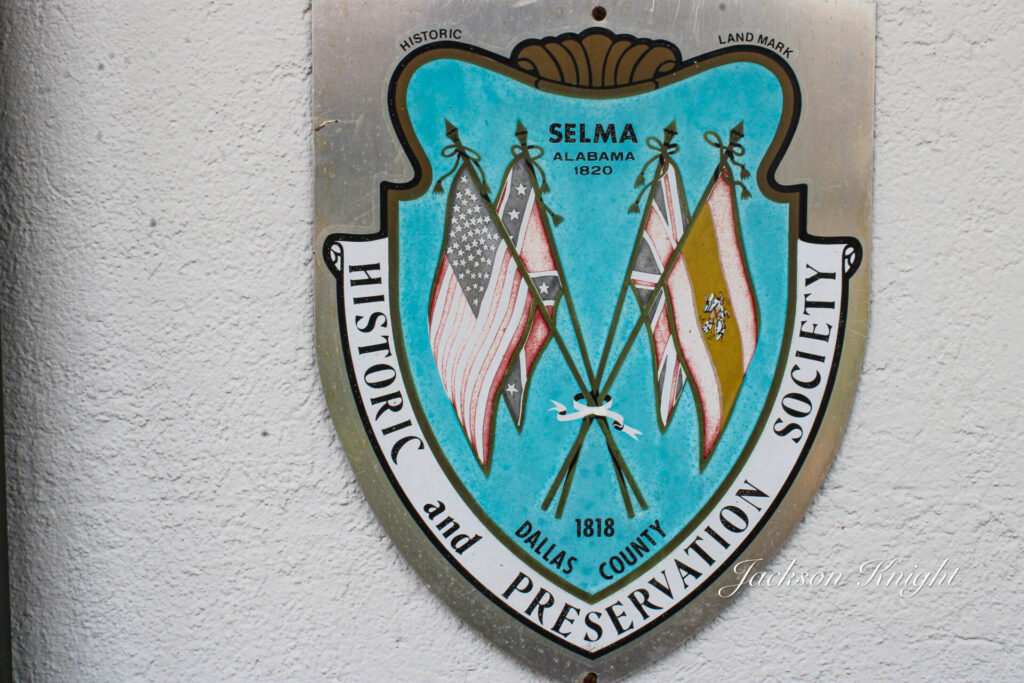
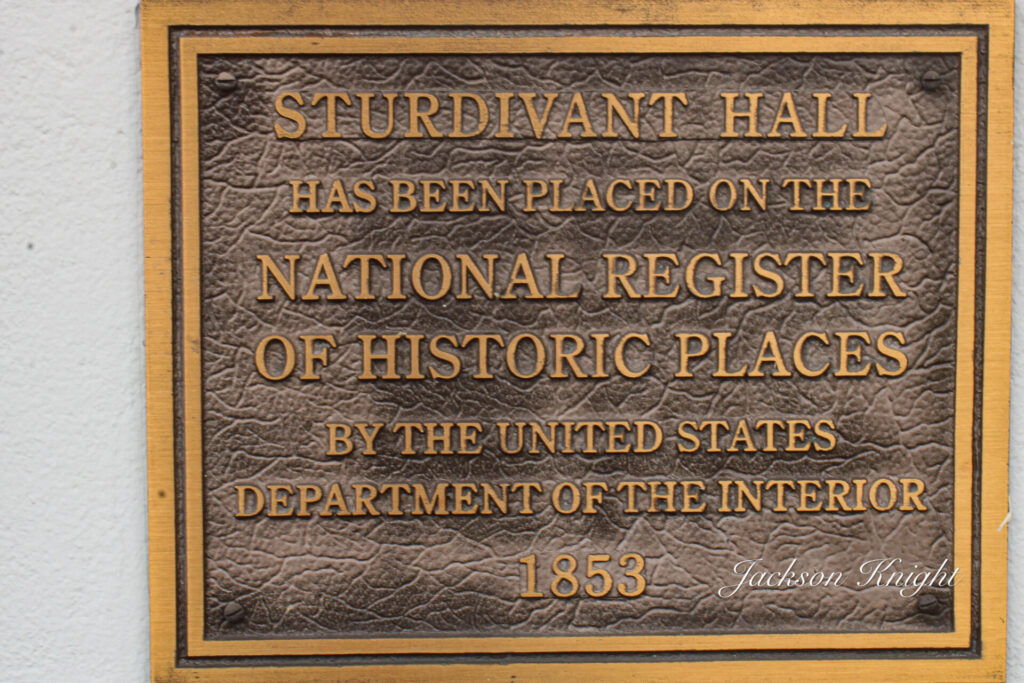
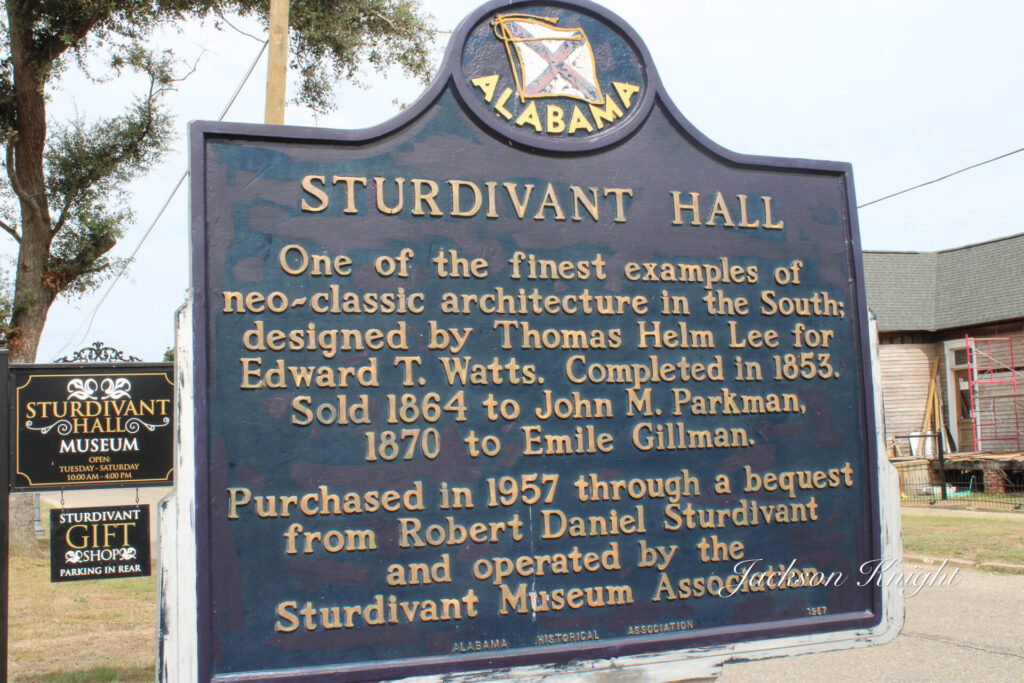
I was only allowed to take photos outside and not inside for several reasons. I totally understand why but was a little disappointed. Regardless of that fact it was a privilege to visit and see.
My tour guide was a lady I would guess a few years older than me. She could literally write a book on just that house and the contents alone. She was literally a walking encyclopedia on that place. It was incredible. She told me about everything in the house in every room. It was incredible.
I highly recommend anybody in the area to take time to go and tour this house. I definitely, intend to go back. In fact, I will probably go more than once while I am on my project of traveling the Black Belt.
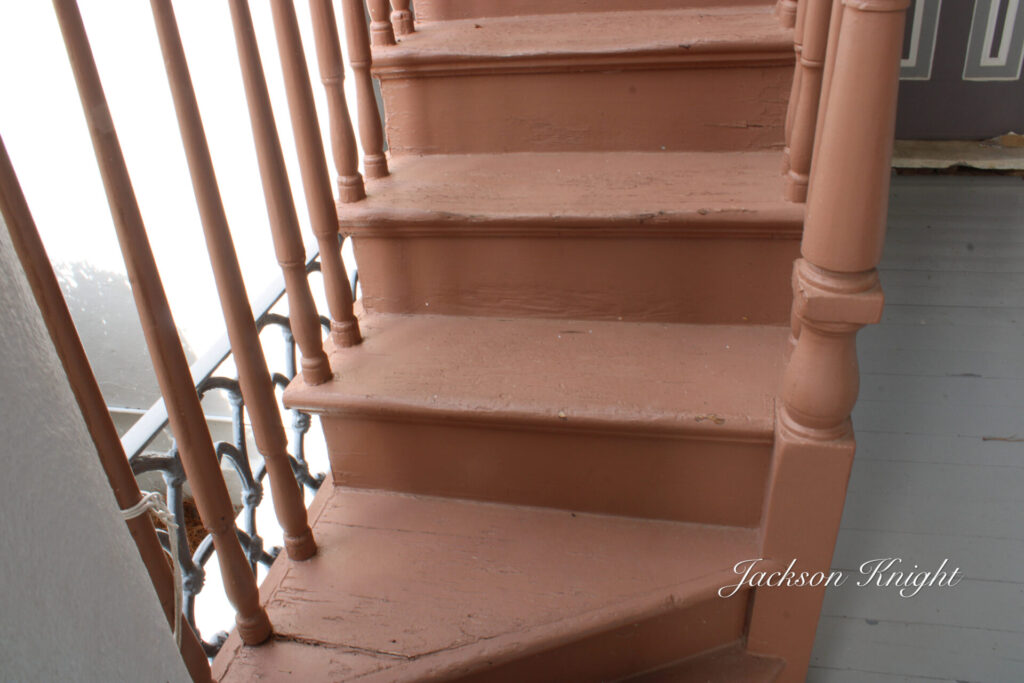
Steps leading upstairs from the outside used by slaves. Worn from use so many years.
I learned that Mr. Watts was a plantation owner that had a house and property at another location called Pleasant Hill. This property was just his City House. Apparently, he used it as a place to have an office that was easily accessible when he was in town. Also, it was built with entertaining guests in mind. Apparently, he and his family only stayed there on visits to town which would only have been a week or two at the time possibly.
Mr. Watts was a businessman that owned Ferries on the river and warehouses on Water Avenue as well.
It appeared that he spared no expense. One thing that amazed me was the fact that the crown molding in the rooms downstairs was plaster poured in molds. After the house was completed, the molds were destroyed so that nobody else could copy the molding. Apparently, he was a perfectionist type guy.
Another interesting thing about this house is that the front windows are made so that they raise high. Then there is a door underneath the window so that it could be walked through. In the hot summer weather, the windows would be raised and the windows on the cupola on top of the house would be opened. The staircases which were in the middle of the house would serve as a place for updraft, working as a chimney effect to draw air through the house. At night or if privacy was needed in the daytime there were shutters with louvers on them that could be shut and still allow air flow.
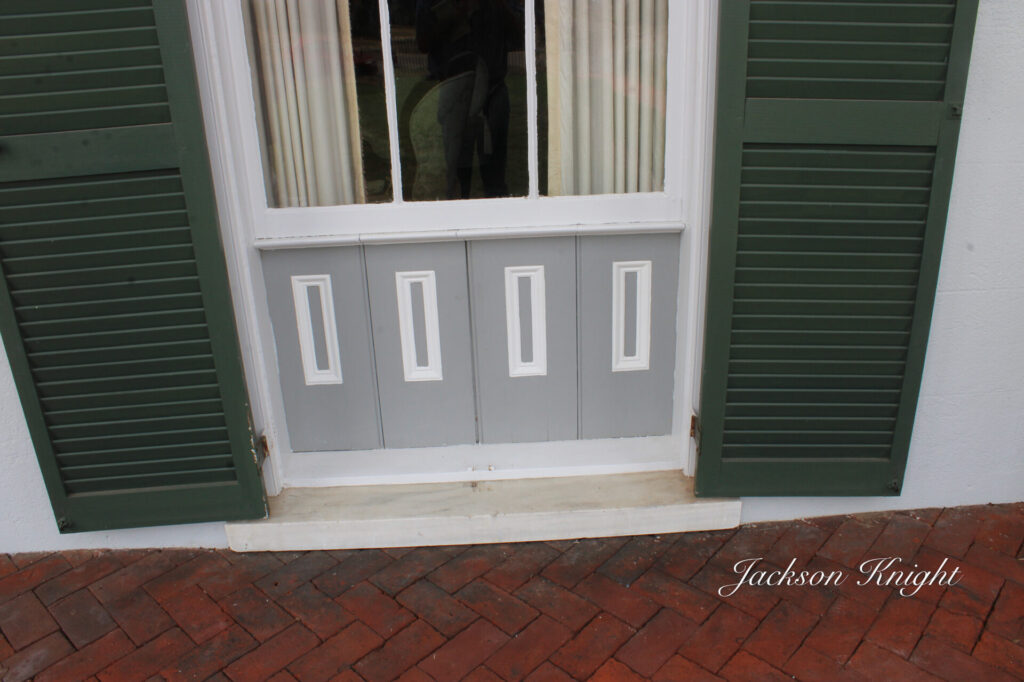
Out back of the house was a two-story structure that served as a kitchen and also a quarters for the slaves that tended the house. Apparently, the slaves lived there permanently even though Mr. Watts and his family did not.
Another interesting thing I was told was that the house was made of red bricks, but Mr. Watts thought that it would make it look more expensive if he had it covered in a thick coat of a cement substance and painted white, so it was done that way.
Mr. Watts apparently sold everything there in 1864 and received Confederate Money for it. He then moved his family and his slaves to Texas thinking apparently that he would be able to retain his slaves and continue with business as usual.
Unfortunately, a year later the war ended, and the Confederate Money was useless. Then his slaves were freed, and he had nothing and no way of recouping with his fortunes gone.
The house was sold to a Mr. Parkman who was a banker. Supposedly his bank was funded with Federal Money and not Confederate Money. From “MY UNDERSTANDING” and if I misunderstood comment in the comments section of my blog and I will correct it. Mr. Parkman was using bank funds to speculate on cotton futures or the equivalent. Meaning a different name or terminology for what he was buying. Anyway, the cotton crop was bad one year and he came up very short. Although he had not taken any of the profits of the years before for himself but had put them all in the bank, he was charged for taking the money.
Supposedly he was sent to jail down around Cahaba. He proclaimed all the way that he was innocent of any wrongdoing. According to my guide, some of his friends dressed up in attire as Mardi Gras costumes and went down and acted as if they were drunk and distracted the guards who oversaw securing him. This enabled him to escape. She said that there were two stories on what happened. 1. That he hit his head escaping and drowned in the river. 2. The other was that he was shot by guards, and this caused him to drown. Regardless of that fact he died. Then supposedly he came back as a ghost and waved from the front room of the house to his kids and others saw him as well.
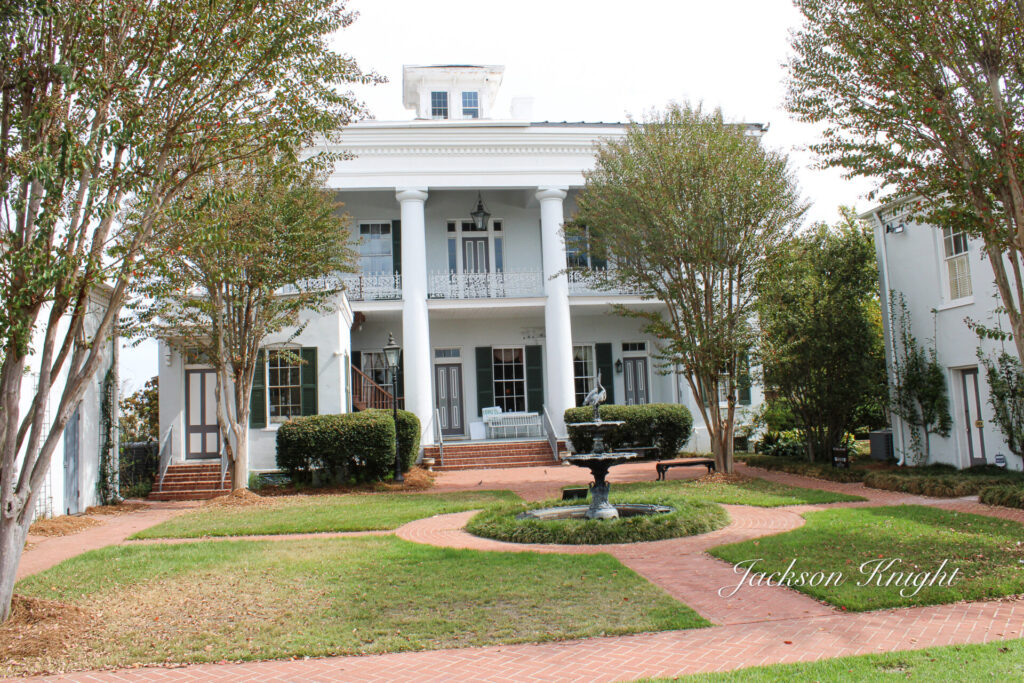
My guide said that many years ago that the fence in front of the house was white picket. There were ladies in their 80’s and 90’s that would tell stories of them as kids passing the house as kids at night and daring one another to slip up to the front of the house and knock on the door and run without getting caught.
Supposedly to my understanding it cost sixty-nine thousand dollars to build the house in the beginning. The first time it sold it sold for sixty-five thousand dollars. After the war I understood that it sold for twelve thousand dollars.
The third owner was a Mr. Gillman. The Gillman family lived there till 1947 and they left Selma in 1947.
Visiting this house in my opinion was a highlight. As I said earlier, I would definitely recommend anybody in the area to visit for a tour. Again, I definitely intend to go back again and look at it.
As I walked through and looked and listened to my tour guide explain it all, my mind would at times drift. I could see in my mind’s eye the grand ladies and gentlemen coming and going. I could visualize the businessmen coming and going or doing business in the front office. I could only imagine how grand the gatherings would have been. I am sure that there would be no expense spared on foods or decorations for these events.
This was a grand time in America. These were wealthy people of that grand time we call the Antebellum. Grand mansions, grand balls, incredible wealth. Regardless of what one’s beliefs on history it is a time that needs to be preserved and learned. It was a pleasure to be able to for a short time visit this grand mansion and peek into that time.
As with most of the places I am privileged to visit in our beautiful Black Belt I can only imagine where the next beautiful surprise will be. I can’t wait and I hope it is soon.
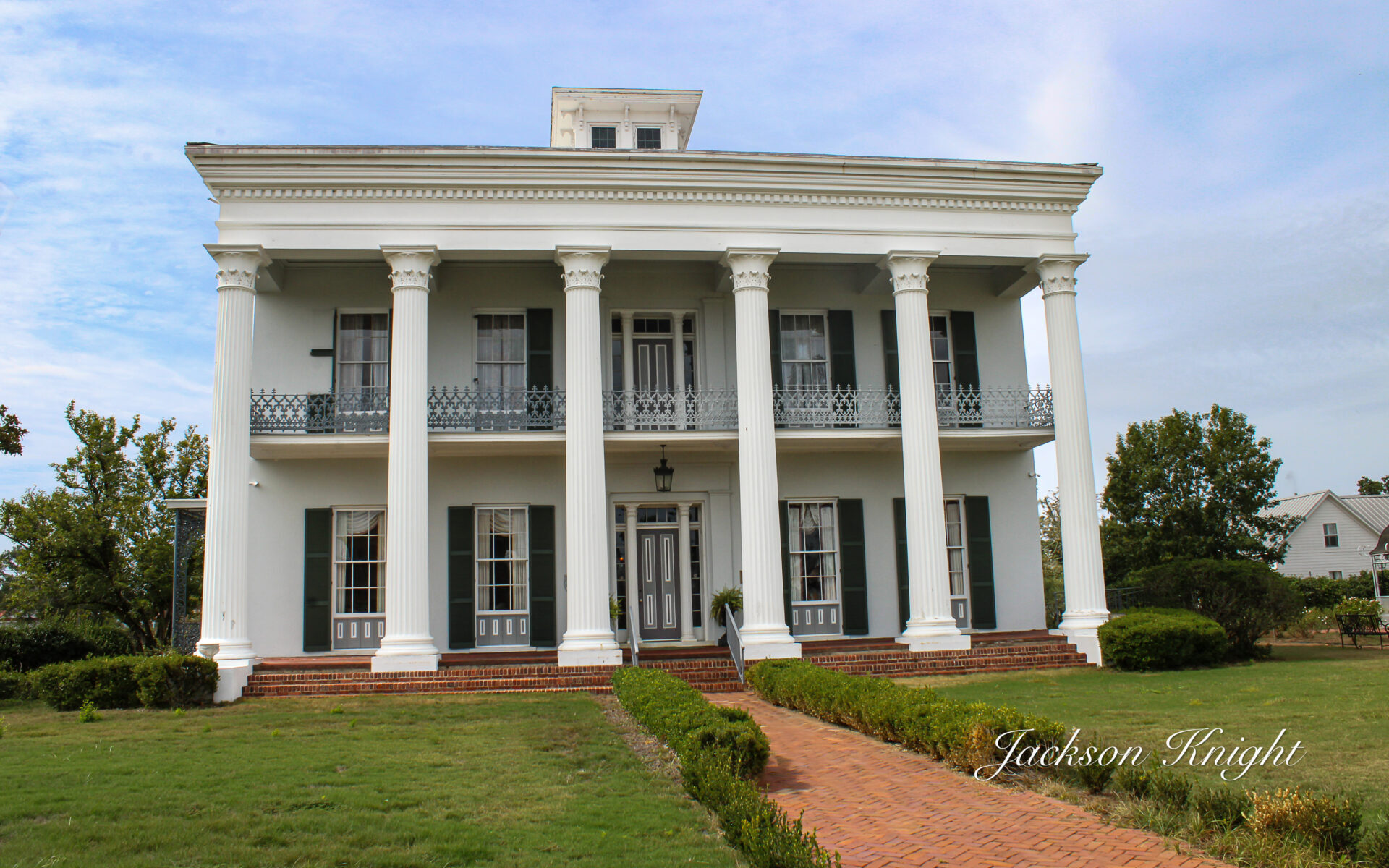
Great story. I’ve always wanted to stop by here. Now I know I’ll definitely have to take a tour!
Thanks for reading. It is definitely worth the visit.
Those windows were called jib windows. The game of kids knocking on the door and running is now called DING DONG DITCH. 😀
Selma citizen for 38 years & lover of S. Hall
Thanks for sharing.
I lived in Selma in the 40’s _50’s. I walked to school and passed by many of the beautiful homes. My imagination got a good work out every day. I picked a different route each day. I miss my hometown, but I still love it.